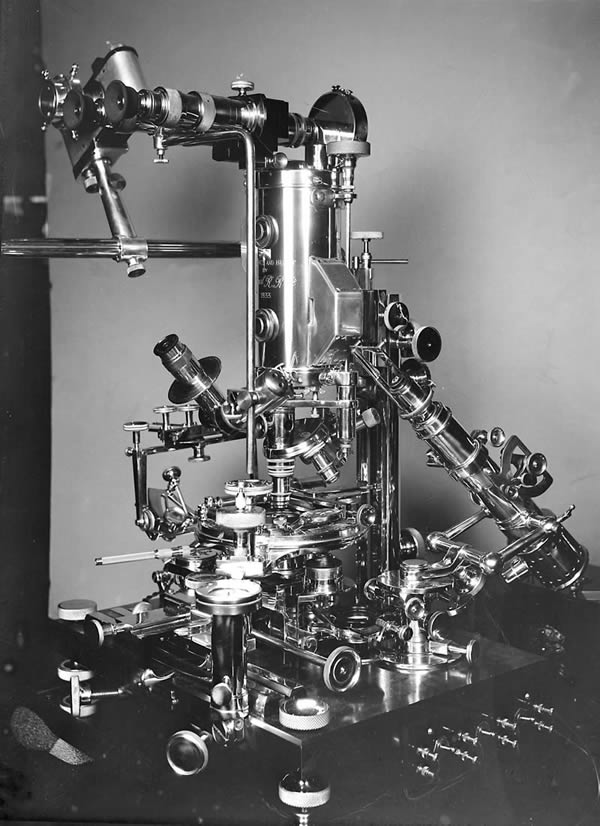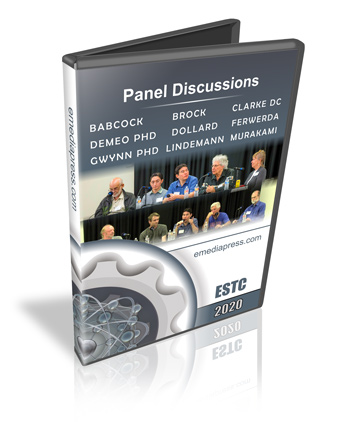Royal Raymond Rife is well known for his “Rife Machine” that uses the “Rife Frequencies”, which he discovered by using his Rife Microscope.
What is of significance about this microscope is that it is able to see things that are so small that it’s considered impossible according to the science of conventional optics. Rife actually succeeded in doing this by using some very innovative prismatic and other methods. This is what his miracle microscope looked like:

Having this kind of technology opens up a whole new world of possibilities in many different areas of science.
Although the Rife Microscope is long gone, there is a new, relatively simple and in expensive method that has been devised that apparently will give all the same benefits!
Conventional microscopes can only see things that are larger than the half wavelength of the light that is being used, which limits the objects being seen to about 200nm (nano-meters) or larger.
Although there have been breakthroughs in microscope technology for a while now, it wasn’t until recently that this became possible using visible light. That means you would be able to see into the world that has remained invisible since the days of the Rife Microscope.
By using millions of 15nm wide titanium dioxide spheres that is applied to the object you want to examine, you’ll be able to see object as small as 45nm.

Keep in mind that this is with full visibility of the objects in life time as if you are looking at a live specimen under a regular microscope. And, if you use this in conjunction with any normal microscope, just by applying this new lens, it will increase its optical magnification power by five times.
For the full text of the published paper on this breakthrough technology, go here: http://advances.sciencemag.org/content/2/8/e1600901.full
For the real story on what the real Rife Machine was and how it as used, check out this new important historical disclosure: Bedini-RPX, The Bedini-Rife-Priore Device History & Schematics.


